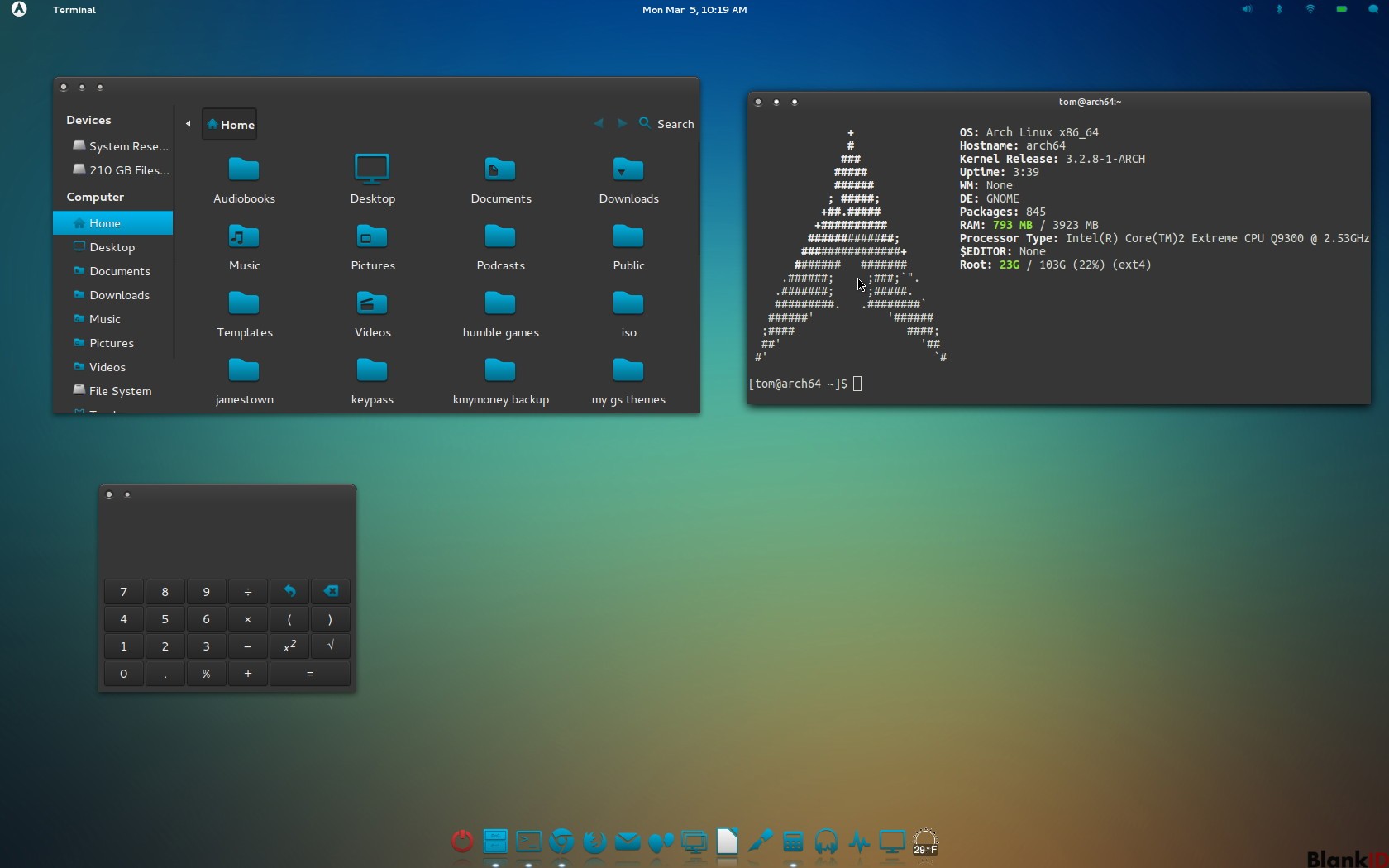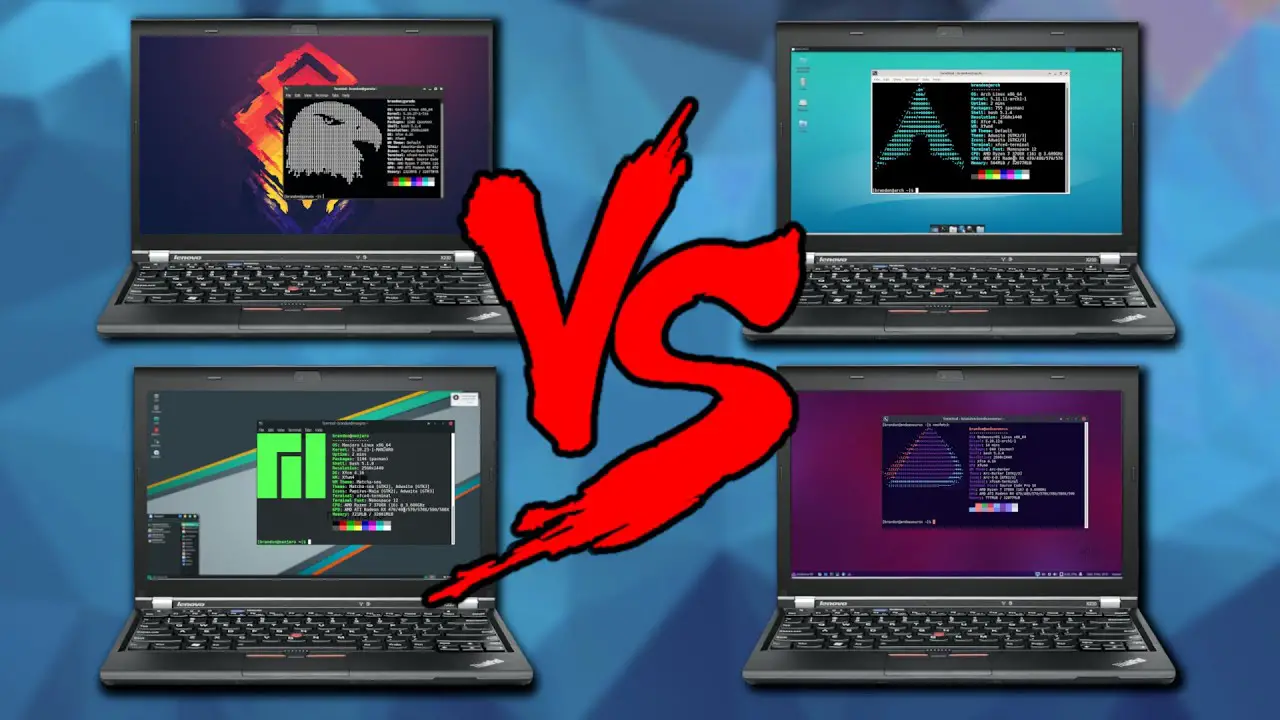Arch Linux Vs. Manjaro Linux: A Detailed Comparison

Executive Summary

Arch Linux and Manjaro Linux are two popular Linux distributions that offer unique features and benefits. While Arch Linux is known for its cutting-edge packages and customizable nature, Manjaro Linux is renowned for its user-friendliness and stability. This article provides a comprehensive comparison of these two distros, examining key aspects such as package management, performance, and community support, to aid decision-making for potential users.

Introduction
In the rapidly evolving world of open-source software, Arch Linux and Manjaro Linux stand out as formidable operating systems that cater to different user preferences. Arch Linux, an independently developed distribution, emphasizes simplicity and user control, allowing experienced users to tailor their systems to specific needs. Manjaro Linux, on the other hand, is a community-driven project that prioritizes ease of use and accessibility, making it an ideal choice for beginners and casual users.
Package Management
Arch Linux
- Rolling Release Model: Arch Linux employs a rolling release model, continuously updating its software packages, ensuring access to the latest versions.
- Extensive Repositories: Arch User Repository (AUR) offers an immense collection of third-party packages not available in official repositories.
- Pacman Package Manager: The pacman package manager is renowned for its speed and efficiency, handling package installation, updating, and removal with ease.
- AUR Helpers: Tools like Yaourt and AURman simplify AUR package management, providing graphical interfaces and dependency resolution.
Manjaro Linux
- Semi-Rolling Release Model: Manjaro adopts a semi-rolling release model, providing stability while periodically incorporating new packages from Arch Linux.
- Three Edition Repositories: Manjaro offers three editions with distinct software repositories: Stable, Testing, and Unstable, catering to varying levels of user comfort with updates.
- Graphical Package Manager: Manjaro provides a user-friendly graphical package manager (Pamac) that simplifies package management, including AUR package installation.
- Automatic Dependency Resolution: Manjaro’s package management system automatically resolves package dependencies, ensuring seamless installation and updates.
Performance
Arch Linux
- Lightweight and Efficient: Arch Linux is known for its minimal resource consumption, making it suitable for older or resource-constrained systems.
- Customizable Configuration: Arch Linux offers complete control over system configuration, allowing users to optimize performance through tweaks and modifications.
- Bleeding-Edge Kernel: Arch Linux includes the latest Linux kernel, providing access to the newest hardware support and performance enhancements.
Manjaro Linux
- Balanced Performance: Manjaro Linux strikes a balance between performance and stability, delivering a smooth and responsive user experience.
- Preconfigured Optimized Settings: Manjaro comes with preconfigured performance optimizations, reducing the need for manual tuning.
- Hardware Support: Manjaro provides extensive hardware support, including support for proprietary drivers, ensuring compatibility with a wide range of devices.
Community Support
Arch Linux
- Active User Forums: Arch Linux boasts a vibrant community with active forums and mailing lists, providing prompt support and troubleshooting guidance.
- Extensive Documentation: The Arch Linux Wiki serves as a comprehensive source of documentation, covering all aspects of the distribution.
- Independent Development Model: Arch Linux’s independent development model fosters a sense of ownership and community among its users.
Manjaro Linux
- Dedicated Support Forum: Manjaro maintains a dedicated support forum, offering assistance and troubleshooting from experienced community members.
- User-Friendly Documentation: Manjaro provides well-organized and accessible documentation, making it easy for users to find answers and solutions.
- Community-Driven Development: Manjaro’s community-driven development model encourages user contributions and feedback, shaping the distribution’s evolution.
Conclusion
Arch Linux and Manjaro Linux offer distinct advantages and target different user groups. Arch Linux appeals to experienced users who value the freedom of customization, the latest software, and direct control over their systems. Manjaro Linux, on the other hand, provides a user-friendly and stable environment, making it an excellent choice for beginners and users who prioritize ease of use and a balanced performance out of the box. Both distributions offer robust community support, fostering user collaboration and ensuring a vibrant ecosystem for problem-solving and knowledge sharing. The choice between Arch Linux and Manjaro ultimately depends on individual preferences and the specific requirements of the user.
Keyword Phrase Tags
- Arch Linux vs. Manjaro Linux
- Rolling Release Model
- Package Management
- Performance Optimization
- Community Support

FASCINATING! I’ve been torn between Arch and Manjaro for ages, and this comparison has given me a lot to think about! Thank you!
ARCH USERS THINK THEY ARE SO SMART BUT STILL CANT FIGURE OUT HOW TO INSTALL A DMG FILE!!!!
Ultimately, the choice between Arch and Manjaro depends on your individual needs and preferences. Arch is a fantastic option for experienced users who want complete control over their system, while Manjaro offers a more user-friendly experience for beginners.
WOW! A detailed comparison? Let me guess, it says Arch is for ‘real’ Linux users and Manjaro is for ‘noobs’? How original.
What do u meen by ‘rolling release’ and ‘AUR’? Am I suppost to install AUR on my Manjaro system LOL?
I’ve tried both Arch and Manjaro, and I honestly prefer Manjaro. It’s just easier to use, and I don’t have to spend hours troubleshooting.
Arch is the superior distro for power users who want the latest and greatest software. Manjaro is fine for casual users who just want a stable system.
The beauty of Linux is that there is no ‘best’ distro. It all depends on your individual needs and preferences. Both Arch and Manjaro are great distros, and the choice between them is ultimately a personal one.
This comparison is biased towards Arch. It’s clear that the author is a fanboy who can’t appreciate the benefits of Manjaro.
I’ve been using Arch for years, and I love it. It’s so customizable, and I always have the latest software. However, I can understand why someone might prefer Manjaro, especially if they’re new to Linux.
Manjaro is the best distro ever! It’s so easy to use and everything just works. Arch is for nerds who like to tinker with their systems.
Arch is the only true Linux distro. Manjaro is just a watered-down version for newbies who are afraid of the command line.
Both Arch and Manjaro have their pros and cons. Arch is more customizable and has a wider range of software available, while Manjaro is more user-friendly and stable. Ultimately, the choice between them depends on your individual needs and preferences.
I’m new to Linux and I don’t understand any of this. Can someone explain it to me in simpler terms?